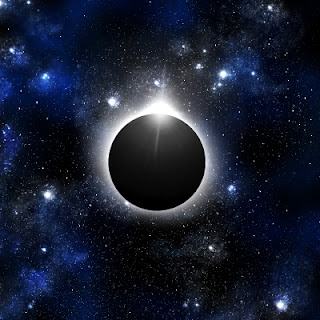 |
| acSolar eclipse. Image: pixbox77; FreeDigitalPhotos. |
May 9th and 10th brings the first solar eclipse of 2013 - an annular solar eclipse. Look to the skies if you happen to be in the vicinity of the Pacific Ocean. Track the path of the eclipse, according to NASA, or watch a live feed, via SLOOH.
A solar eclipse occurs when the moon passes between the earth and the sun. During an annular solar eclipse, the moon blocks all but the outer edge of the sun, creating a ring of fire effect. Whatever you do, do not look at this phenomenon with the naked eye.
The next solar eclipse will take place in November 2013.
For more information about the May 2013 annular solar eclipse and eclipses in general, check out these useful sites:
- SLOOH SpaceCamera
- National Geographic - Sky-Watchers' Guide: Solar Eclipse Thursday
- NASA - Eclipses During 2013
- timeanddate.com - Solar and Lunar Eclipses
- The Old Farmer's Almanac - Eclipse Dates for the Next Two Years
- MrEclipse.com - Solar Eclipses for Beginners
- EarthSky - Why aren't there eclipses at every full and new moon?
Click to view all blog posts!
No comments:
Post a Comment